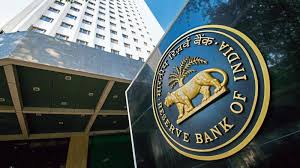
New Delhi: The Reserve Bank of India (RBI) on Friday issued detailed guidelines on the sovereign gold schemes aimed at curtailing the physical demand for the yellow metal.
Prime Minister Narendra Modi on Thursday launched the Sovereign Gold Bond (SGB), Gold Monetisation (GMS) and the Indian Gold Coin (IGC) schemes.
The SGB scheme, which will be issued by the government and managed by the RBI, will be open for subscription from November 5-20.
“Applications for the bond will be accepted at branches of scheduled commercial banks and designated post offices. The bonds will be issued on November 26,” the RBI said in a release issued here on Friday.
Only resident Indian entities, including individuals, HUFs, trusts, universities and charitable institutions, will be allowed to invest in the scheme, the RBI said.
The bonds will be denominated in the multiples of grams of gold with a basic unit of 1 gram. An individual or institution will be allowed minimum investment of 2 units or 2 grams of gold. Maximum investment will not be more than 500 grams per person per fiscal year.
The tenor of the bonds will be 8 years with exit option from 5th year onwards on interest payment dates. Bonds will be issued in tranches and each tranche will be kept open for a period to be notified.
Price of the bonds will be in rupee on the basis of the previous week’s simple average closing price for gold of 999 purity published by the India Bullion and Jewellers Association. The issue price for the first tranche is Rs 2,684 per gram of gold.
The bonds will bear interest at the rate of 2.75 per cent per annum on the amount of initial investment. Interest will be paid half yearly and the last interest will be paid on maturity along with the principal.
These gold bonds can also be used as collateral for loans. The scheme will attract capital tax treatment same as that for gold, the RBI statement said.



